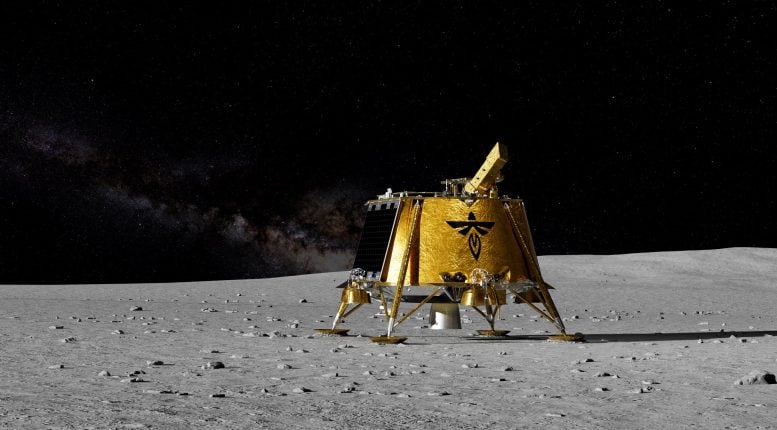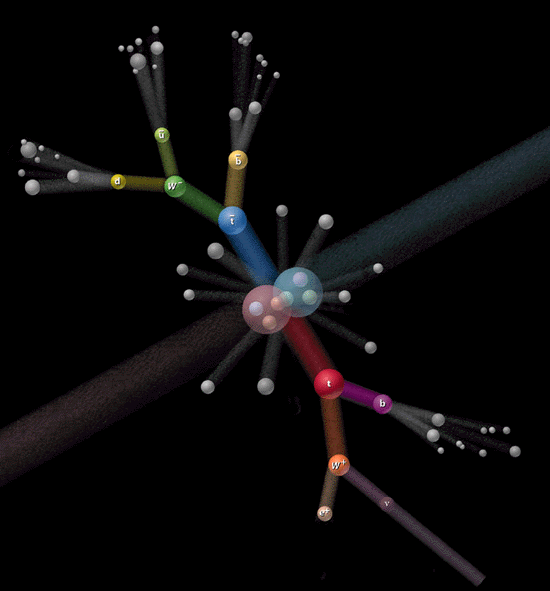As the holiday season inspires awe on Earth, the universe has its own festive display in the form of a glittering cosmic “Christmas wreath.” Nestled 200,000 light-years away in the Small Magellanic Cloud (SMC), a dwarf galaxy orbiting the Milky Way, this stellar cluster—NGC 602—shines as a testament to the beauty and mystery of the cosmos. Captured in breathtaking detail by the James Webb Space Telescope (JWST) and Chandra X-ray Observatory, the image blends X-ray and infrared perspectives to showcase the life cycle of stars in one of the Milky Way’s galactic neighbors.
This discovery not only captures the wonder of the universe but also provides vital insights into star formation in environments resembling those from billions of years ago, when the universe was still young. The celestial “wreath” is a vivid reminder of how modern telescopes are reshaping our understanding of the cosmos.
A Star Cluster Wrapped in Gas and Dust
NGC 602 is a vibrant cluster of young, hot blue stars, formed from the collapse of a massive gas cloud. The stars remain partially cloaked in the remnants of the very gas that gave them life, their intense radiation carving the surrounding material into tall, finger-like pillars that stretch toward their luminous centers. These towering structures, reminiscent of the famous Pillars of Creation in the Eagle Nebula, highlight the dynamic interplay between star formation and the cosmic materials that enable it.
What sets NGC 602 apart is its location in the SMC, a galaxy vastly different from our Milky Way. The gas within the SMC contains fewer heavy elements, known as “metals,” which are typically produced during multiple generations of star formation and supernovae. This metal-poor environment mimics the conditions of the early universe, making NGC 602 a valuable analog for understanding how stars formed in primordial galaxies.


Blending X-Ray and Infrared Observations
The composite image of NGC 602 is a masterwork of astronomical technology, combining data from two of NASA’s flagship observatories. The Chandra X-ray Observatory, the most powerful X-ray telescope in operation, reveals the high-energy radiation emitted by massive young stars. Depicted in red, these X-ray sources trace the most energetic processes in the cluster.
Complementing this is the James Webb Space Telescope, whose infrared capabilities uncover the intricate structures of gas and dust enveloping the cluster. Webb’s data, shown in orange, yellow, green, and blue hues, highlights the delicate interplay of stellar radiation and surrounding material, creating an image that is both scientifically significant and visually striking. Together, these observations reveal the full spectrum of stellar evolution, from nascent stars to the dispersal of star-forming material.
Insights Into Early Galactic Environments
The Small Magellanic Cloud, often overshadowed by its larger counterpart, the Large Magellanic Cloud (LMC), is a treasure trove for astronomers studying galactic evolution. As a dwarf galaxy, the SMC offers a simpler environment to analyze compared to the complex, metal-rich Milky Way. NGC 602, in particular, acts as a time capsule, offering a glimpse into conditions billions of years ago when the first galaxies were forming.
Understanding the star-forming processes in metal-poor environments like the SMC has far-reaching implications. It helps scientists refine their models of galaxy formation and the chemical evolution of the universe, shedding light on how the first stars and galaxies came into existence.
Got a reaction? Share your thoughts in the comments
Enjoyed this article? Subscribe to our free newsletter for engaging stories, exclusive content, and the latest news.









Leave a Comment